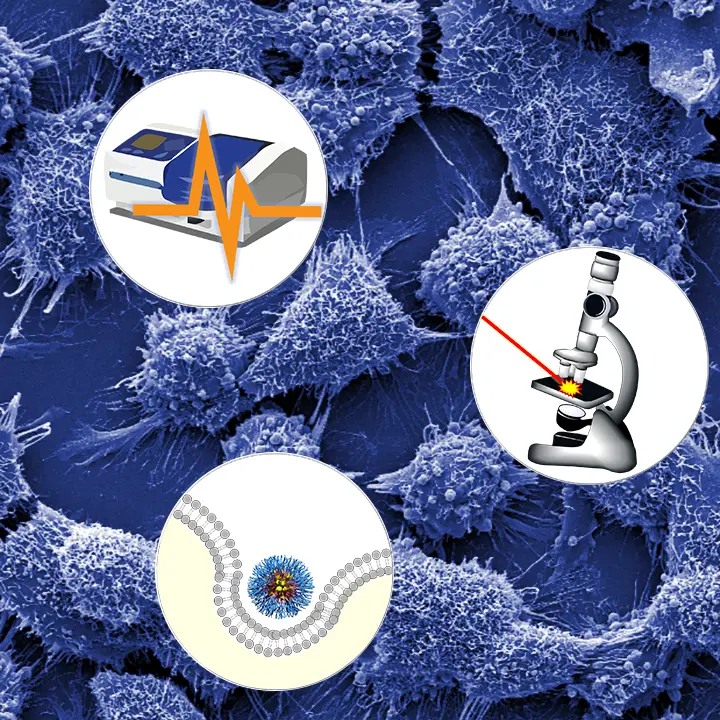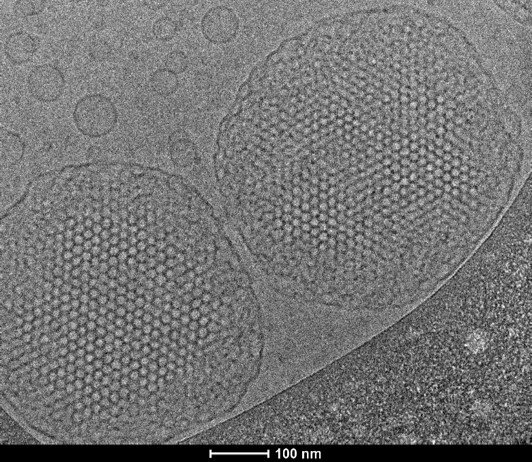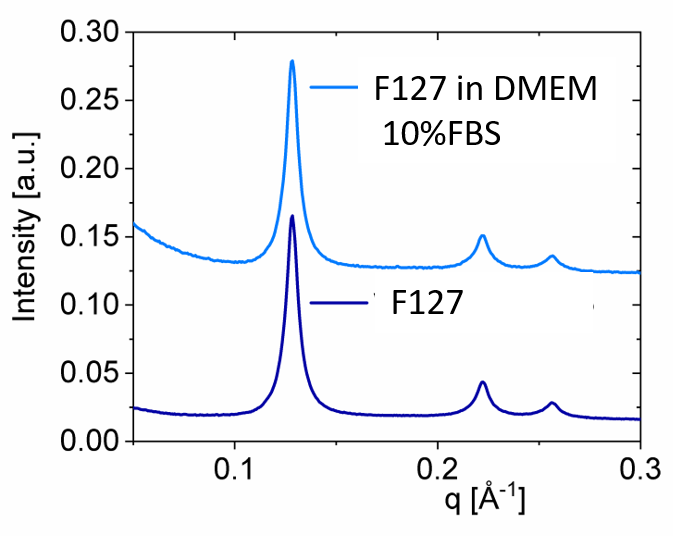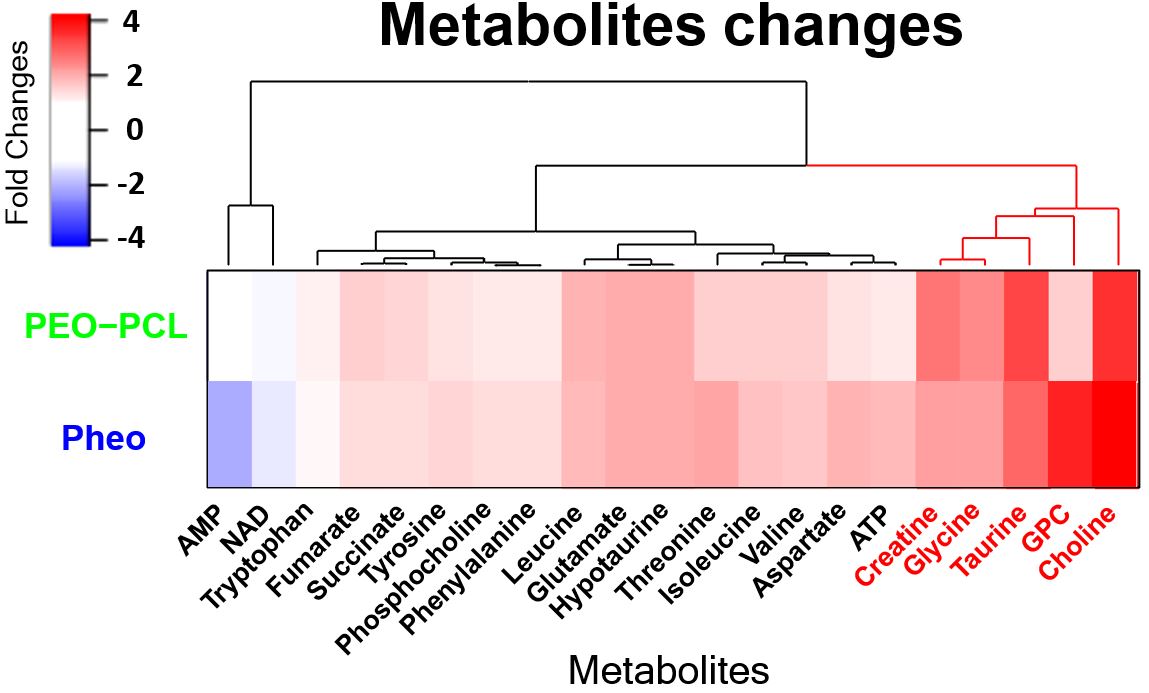
Model & applied systems for life science
The transverse axis aims to support discussions and cooperations between teams at the chemistry-biology interface, focusing on issues related to drug delivery, imaging/diagnostics, and oxidative stress. Our collaborative approach involves the study of self-assembled systems, particularly within the field of soft matter, and their interactions with biological systems. This approach is grounded in the unique expertise of the Softmat laboratory in designing self-assembled systems and characterising them through a multi-technique approach, ranging from soft matter to cellular biology.
The primary objective of this axis is to thoroughly characterise the interactions between self-assembled systems and biological models. By focusing on a fundamental and mechanistic characterisation of these interactions, we aim to understand the underlying processes involved. This approach enables us to develop innovative, controlled, and optimised systems, thereby paving the way for promising applications in biomedical research (nanomedicine, imaging, diagnostics, etc.).
The transverse axis addresses the following areas:
- Biological models (skin models, cancer models);
- Chemical objects for biology (polymers and surfactants for vectorisation, probes for imaging);
- Methods (analyses, soft matter physical chemistry, cellular biology, metabolomics).
Here are some examples:
- Development of new hexagonal nanoparticles for the encapsulation of hydrophobic or hydrophilic active ingredients.




- Investigation by 1H NMR spectroscopy of the metabolic changes induced in human cancer cells by a photosensitiser (Pheo) in its free form or encapsulated (i.e. PEO-PCL polymeric micelles) within the context of photodynamic therapy (PDT).
- Design and synthesis of bioconjugates that promote the cellular uptake of therapeutic agents, with activity controlled by visible light. In a typical structure, the cellular uptake of a cationic oligopeptide is modulated by an azobenzene derivative.

